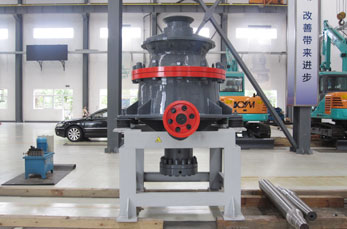.jpg) Roller Mills and Purifiers in Flour Milling
Roller Mills and Purifiers in Flour Milling
Roller mills and purifiers are essential components in modern flour milling systems, working together to produce high-quality flour by separating bran, germ, and endosperm efficiently.
—
## 1. Roller Mills
Roller mills are machines used to grind grains (typically wheat) into flour by passing them through a series of rollers. They crush and shear the grain particles, breaking them down into smaller fragments.
Key Functions:
– Break System: The first set of rollers (break rolls) opens the wheat kernel and separates bran from endosperm.
– Reduction System: Subsequent rollers (reduction rolls) further refine the endosperm into fine flour.
– Corrugated vs. Smooth Rolls:
– *Break rolls* have corrugated surfaces to shear open the grain.
– *Reduc n rolls* are smooth to finely grind the endosperm.
n rolls* are smooth to finely grind the endosperm.
Advantages:
– High efficiency in particle size reduction.
– Precise control over grinding settings (gap, speed, pressure).
– Lower energy consumption compared to stone milling.
—
## 2. Purifiers
Purifiers are air-classification devices that separate ground material (middlings) based on particle size, density, and bran content. They help improve flour quality by removing impurities before further grinding.
Key Functions:
– Separation: Uses sieving and air currents to classify:
– *Fine endosperm particles* → Sent for final milling.
– *Coarse bran particles* → Removed or recycled.
– *Middlings* → Further processed in reduction rolls.
– Improves Flour Purity: Reduces ash content by removing bran specks.
Components:
– Oscillating sieves with different mesh sizes.
– Airflow system for aspiration (removing lighter bran particles).
– Adjustable inclination for optimal separation.
—
## 3. How Roller Mills & Purifiers Work Together
1. First Break: Wheat passes through break rolls, releasing coarse bran and endosperm chunks.
2. Sifting & Purification: The ground material is sifted; purifiers separate pure endosperm from bran-rich particles.
3. Reduction Milling: Purified middlings are sent to smooth reduction rolls for fine flour production.
4. Final Flour Extraction: Repeated milling and purification ensure high extraction rates with low ash content.
—
## 4





Leave a Reply